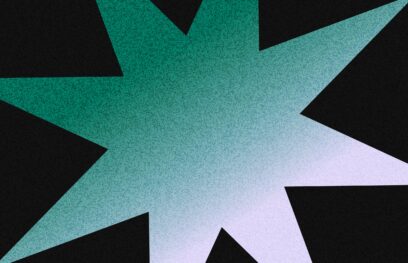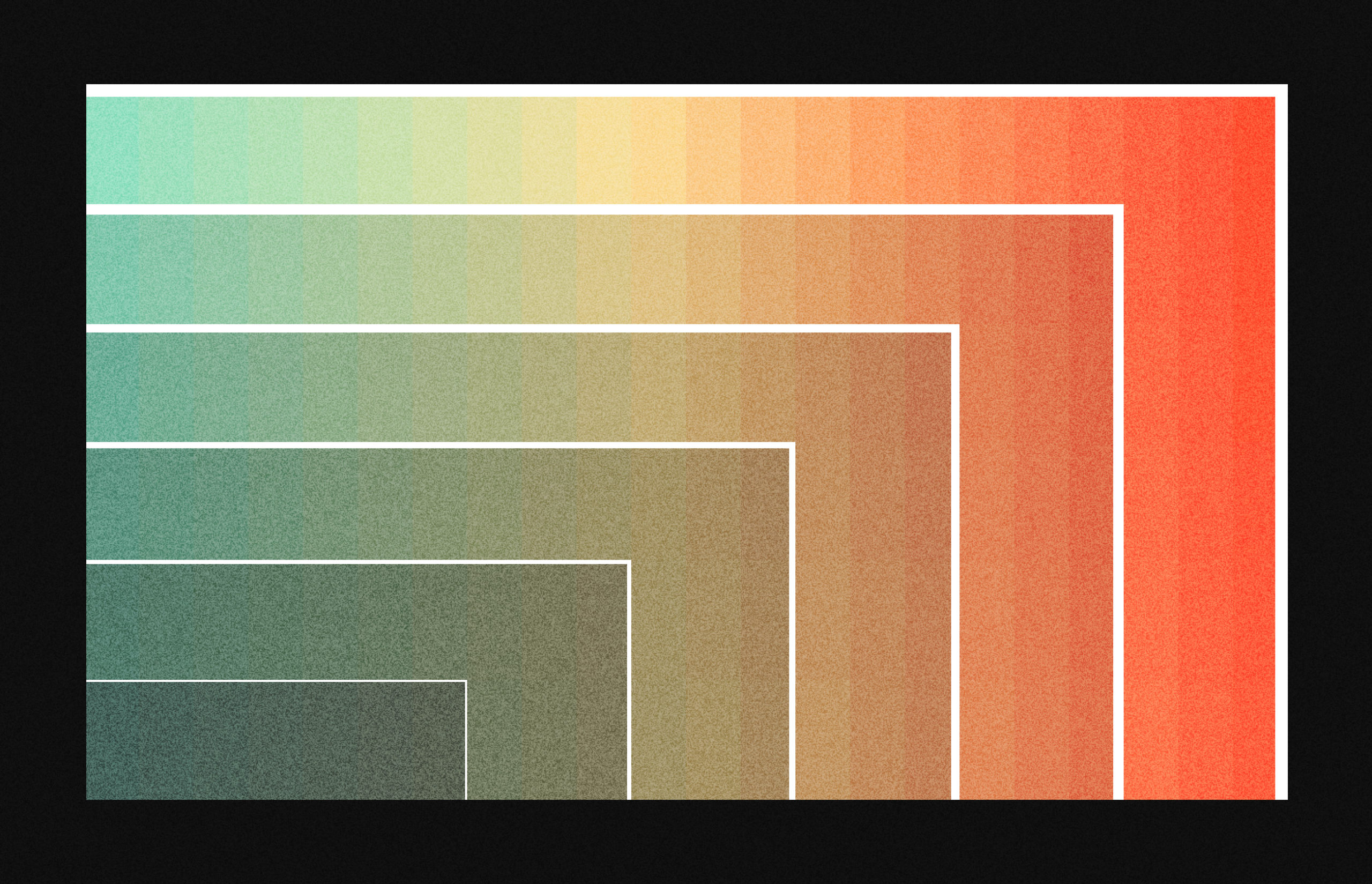

Startups exist because they believe they can solve a problem in a better way.
In untapped markets, products that neglect design and brand can typically still find success. Because the solution is so novel, early adopters will tolerate poor design. It’s a bit like the Turkish restaurant that opened near my office. The interior is pretty lackluster, but the food is good, and most importantly, it’s the only Turkish place near my office.
But design becomes vastly more important in two scenarios, referencing two different models of innovation:
- You want to attract later-stage customers in the bell curve. Following the innovation cycle popularized by Everett Rogers, later stage—or the late majority as defined in Rogers’s theory—customers are less forgiving of suboptimal experiences. They have higher expectations than early adopters. Founders tend to overlook the importance of this effect in B2B because products don’t spread virally. They spread through targeted sales and marketing efforts. But most B2B sales motions include case studies and testimonials to help explain how a product helped other companies. This is a tactic that earns later-stage adopters, but it also sets a higher standard for the product experience. Thus, as products scale to include broader swaths of users, design is fundamental to deliver on high expectations of the value promised.
I’ve been fascinated by Rippling lately because their CEO, Parker Conrad, has taken design seriously from the outset. Because of this, Rippling simultaneously targets both early adopters and late majorities.
How? Their product’s cohesive design and defined messaging framework enables them to build high-quality products at a rapid pace. While the brand and messaging attracted early adopters, the product design helped Rippling attract customers that needed a broader suite of HR tools early on.
- You’re entering a crowded and/or established market. In this scenario, I lean on the Blue Ocean Strategy. Generally, the idea is companies should seek less competitive blue oceans. But in SaaS, most markets are becoming more competitive red oceans. When entering a red ocean market that is well established and teeming with competition, value props aren’t enough. Experience, brand and messaging become paramount to cut through the noise. It’s as if the market is satisfying the most basic needs on Maslow’s hierarchy of needs, and the product seeks to aim higher in the triangle.
Unlike attracting later-stage customers whose expectations are determined by early adopters, expectations in established markets are set by the market. While most founders would love to be first-to-market, that’s unlikely today. And even if you are lucky enough to achieve first-mover advantage, you won’t be alone for long. Likely, a half dozen competitors will pop up in less than a year. While founders don’t necessarily need to think of their market as a red ocean, they should from a design perspective to differentiate themselves from competitors.
I have often argued this is how Slack gained tremendous market share in what I’d say is one of the oldest markets in internet technology — chat. Dominant companies had effective chat software integrated into larger productivity stacks such as Google Hangouts, Microsoft Yammer and Skype. But Slack focused on small design details from the start, distinguishing it from both upstarts and legacy products.
Design can connect with users faster, help you steal from competitors, provide long-term traction and build loyalty. Ultimately, prioritizing effective product design and brand is imperative for your product to grow and succeed.
To hear more of my hot takes, subscribe to my newsletter.

